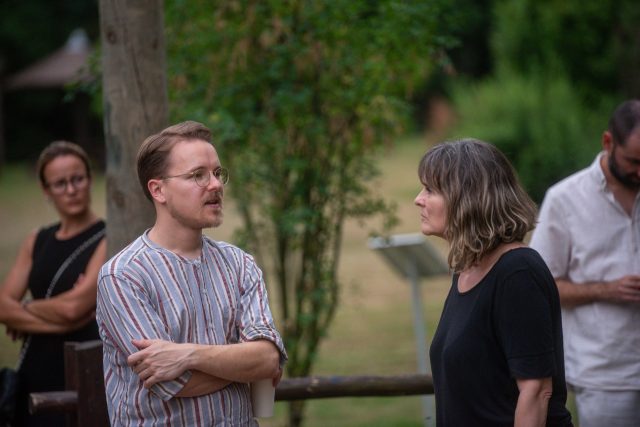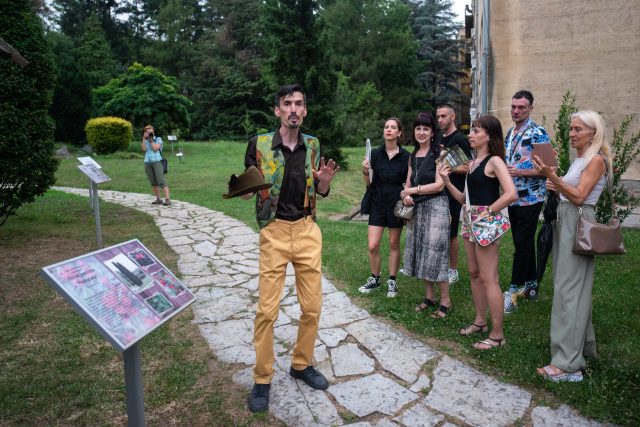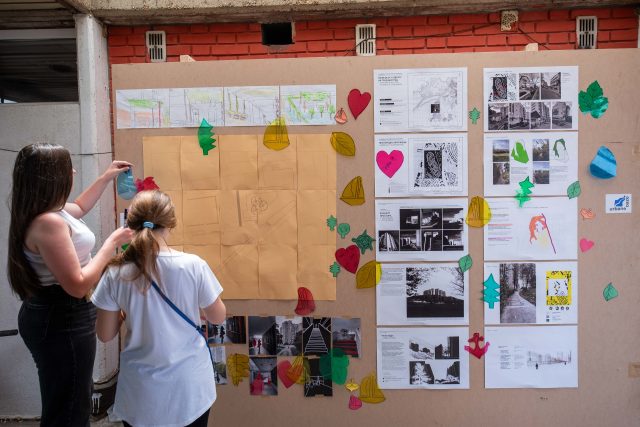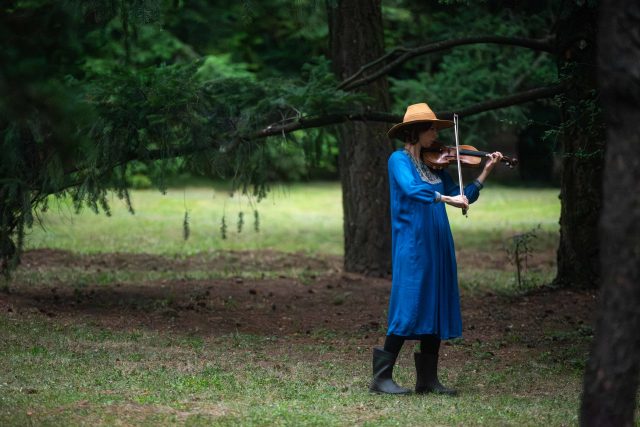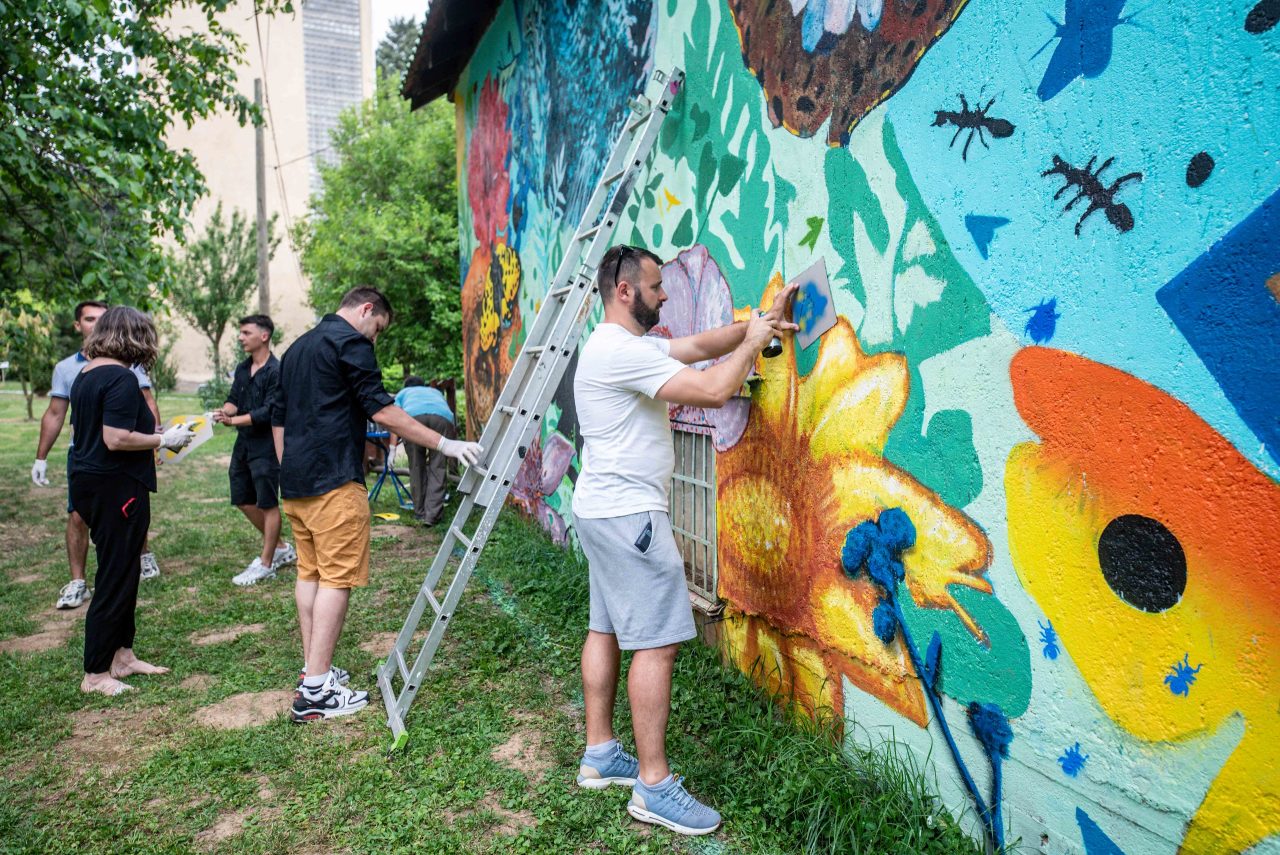
The Belgrade Urban Oases Day was held on Saturday, June 22, as part of the 19th Belgrade International Architecture Week. This event is part of the Belgrade Urban Oases project, which revitalizes three neglected urban spaces in Belgrade through the power of art and community engagement.

The focus of the project is on the surroundings of the Center for Youth Integration in Zvezdara, the courtyard of the Center for Accommodation and Day Care for Children and Youth with Developmental Disabilities in Julino Brdo, and the Arboretum of the Faculty of Forestry on Banovo Brdo.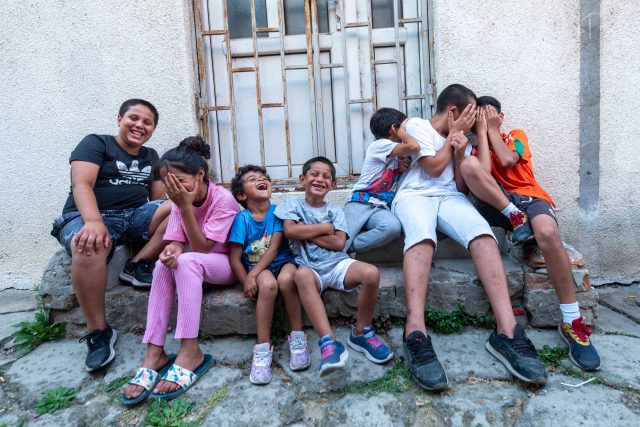
Martin Reichardt, the project coordinator from the EUNIC network, which co-organizes the program, commented on the event: “I particularly liked the diversity of all these places. Each of them has a different answer to what the Belgrade Urban Oases can be, and they all have very different potentials. It is especially important to reach out to the people who are actually there to give their own opinions on how these places should look.”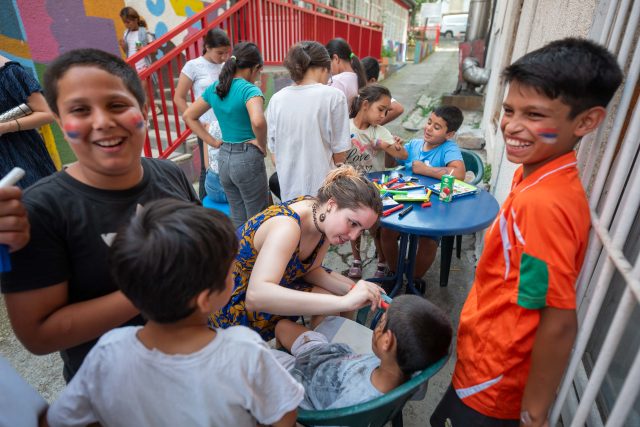
A joint picnic with an exhibition was held at the Center for Youth Integration in Zvezdara, where visitors, neighbors, and children/youth from the Center gathered, along with an exhibition by students from the Faculty of Architecture at the University of Belgrade. The students presented their projects and visions for a more colorful, sustainable, and greener space around the Center, developed together with the children, the center’s beneficiaries.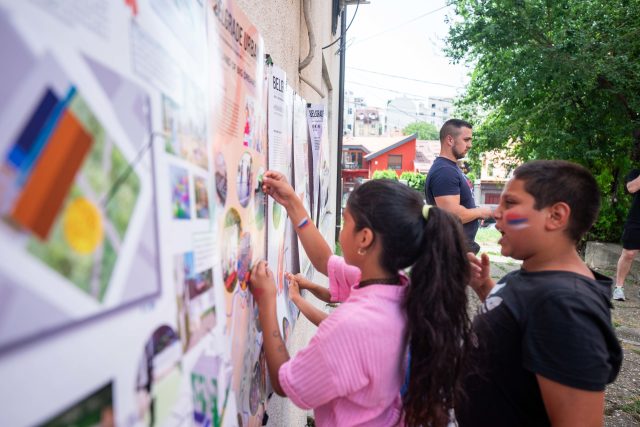
Zorica Milisavljević, the project coordinator from the EUNIC network, mentioned, “We were very keen for the children to come first, followed by the neighbors. We had a process of scoring the students’ works by the children, and I was most impressed by how well they knew what they liked. Talking to them was fascinating, and their responses were very clear. In the end, we tallied all the scores, which will be considered when we decide what to do at this location. These children were immensely valuable and worked together with us from the beginning. They could serve as a model for us.”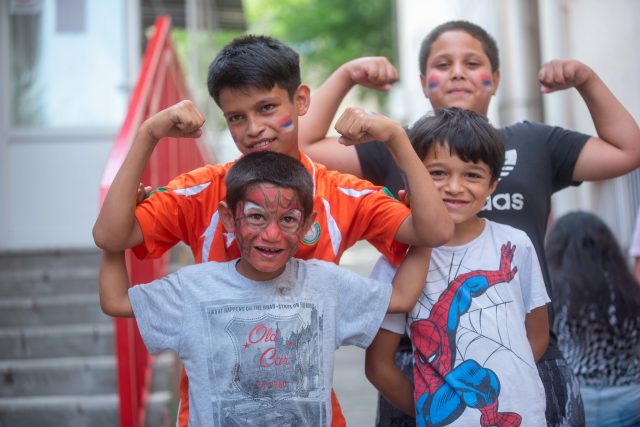
At the Center for Accommodation and Day Care for Children and Youth with Developmental Disabilities – “Čukarica”, a joint workshop was held, marking a significant milestone in the revitalization project of the public space nearby. Visitors, neighbors, and users of the Day Center came together to actively participate in redesigning urban furniture models in the space and engage in purposeful discussions about its future use.
“The clients of the Center for Accommodation and Day Care for Children and Youth with Developmental Disabilities often visit the healing garden in the Arboretum of the Faculty of Forestry, so these two oases are connected through two institutions,” highlighted Dragana Ćorović, associate professor at the Faculty of Forestry in the Department of Landscape Architecture and Horticulture. “Julino Brdo was built in 1971 and is one of the first settlements that was formed following the standards of green spaces and communal public areas. With this project, we aim to ecologically and sociologically solve the issue of the deterioration of public spaces, but also to connect the community.”
In the Arboretum of the Faculty of Forestry, the third Urban Oasis, a communal mural painting session was held. In collaboration with students, artists Danilo Mimović, David Radonjić, and Pavle Ćurčić worked on a mural on the building in the Arboretum, near the Arboretum’s bee path. Visitors attended and participated in the final process of painting the mural.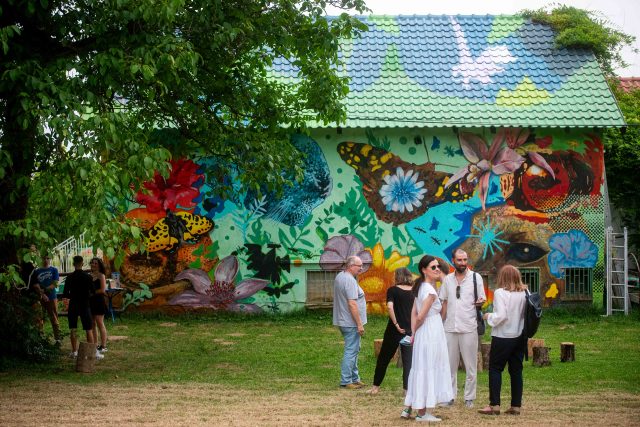
“We wanted to bring this space closer to the public. This project should remind us that there are still green urban oases in Belgrade that can make life more beautiful,” said Nevena Vasiljević, professor at the Department of Landscape Architecture and Horticulture. “We decided to turn part of the Arboretum into an outdoor classroom that will not only serve as a classroom and amphitheater for students but also for the public. The plan is for this space to be used for concerts and theater performances. Urban oases should create interaction not only between nature and man but also between people who will experience contact with nature in this space, freeing themselves from the frustrations that the urban man increasingly becomes a slave to concrete.”